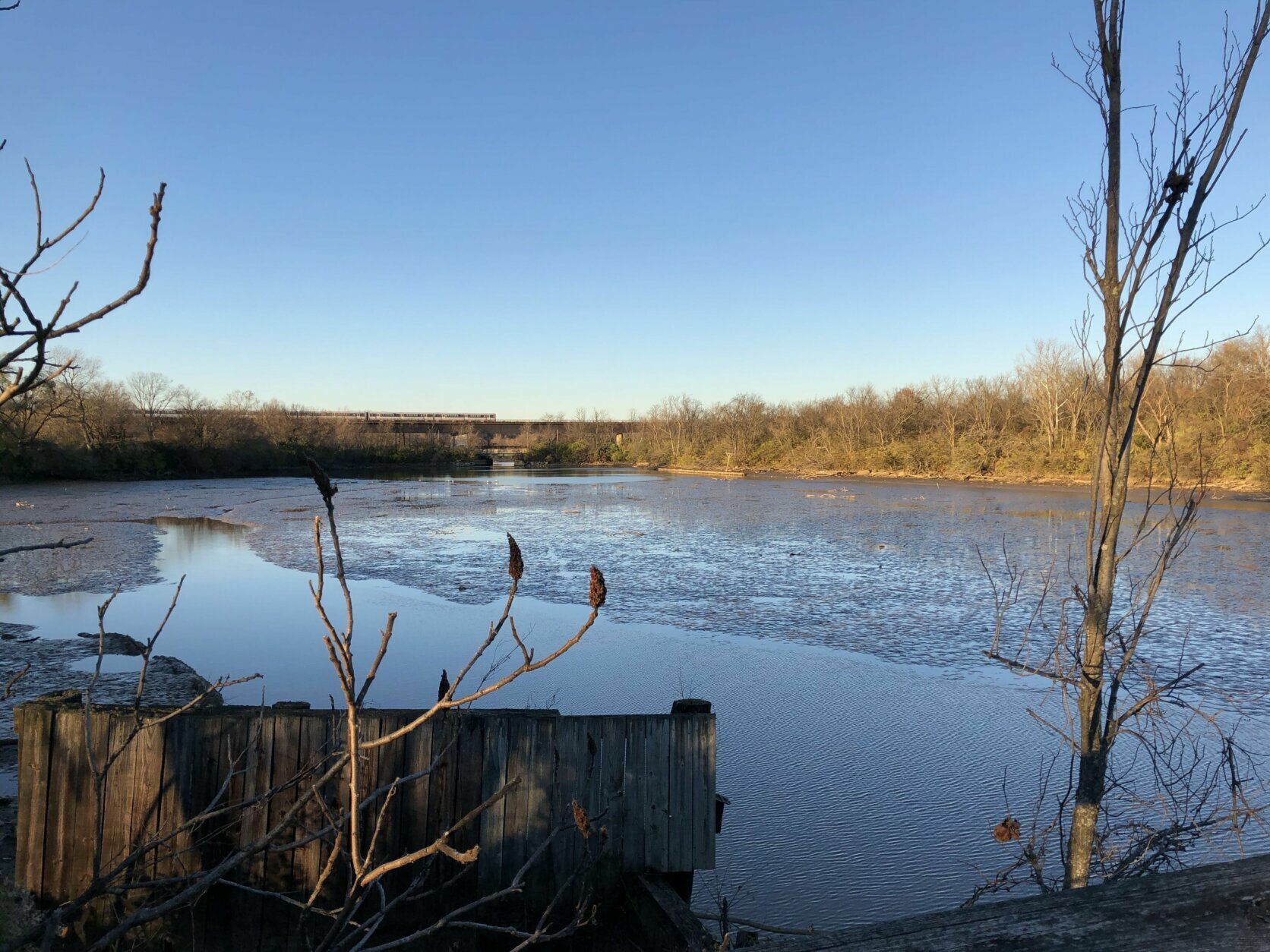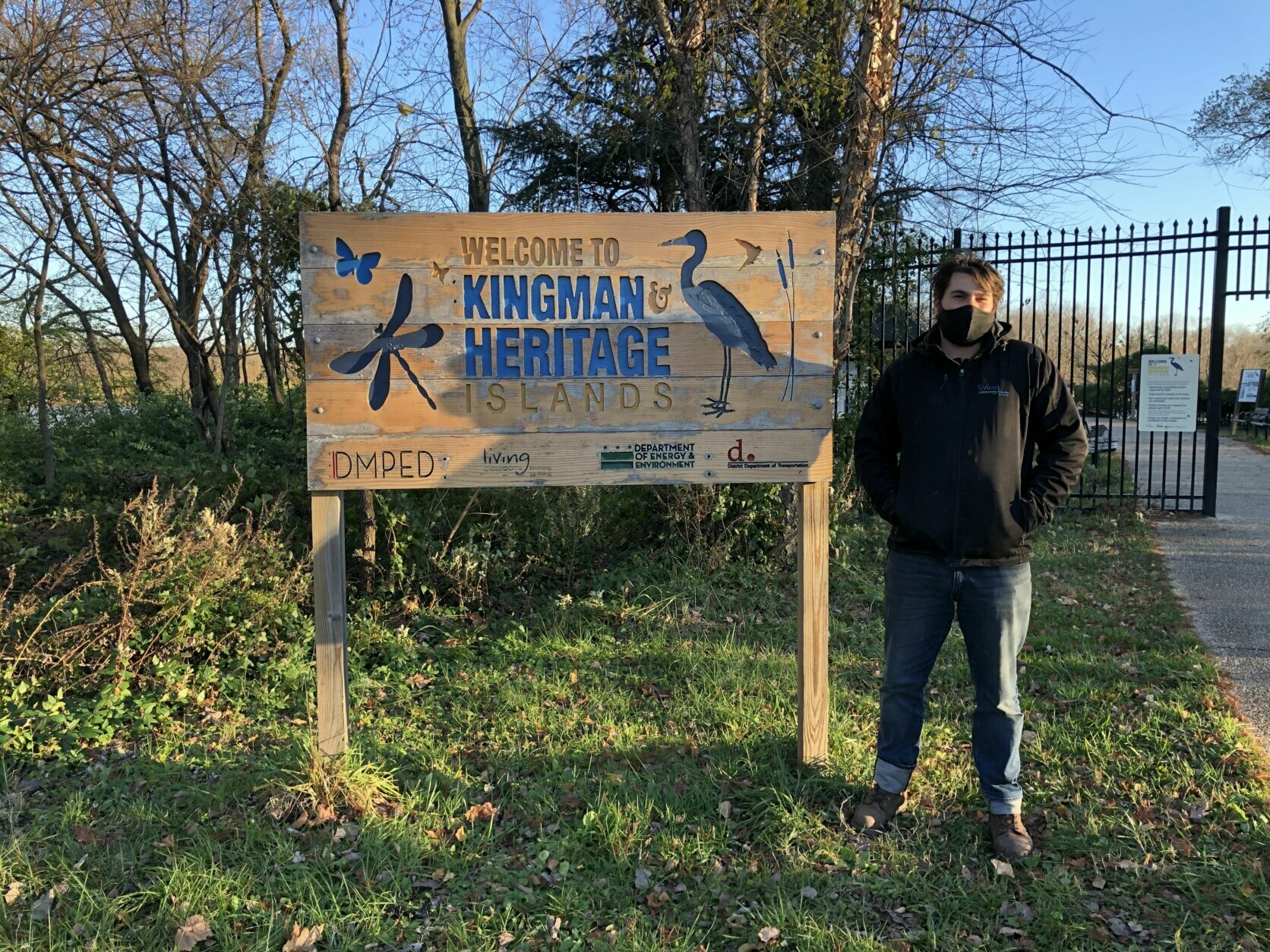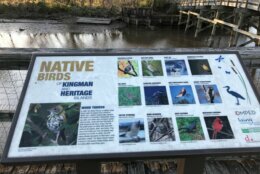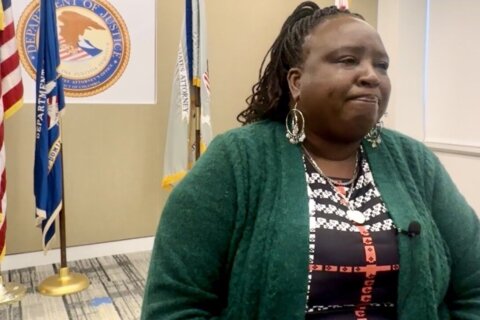Kingman and Heritage islands, which are part of a little-known conservation area in the heart of D.C., are drawing huge crowds as people look for ways to get outside to hike, bike and walk while taking a break from telework and virtual classes during the coronavirus pandemic.
“It’s been a real lifesaver, especially with virtual school,” said Ellen Stiefvater, a resident of Capitol Hill, who explored the islands Wednesday with her two children, ages 4 and 6.
“Virtual school is tough for kids and for parents … nature has been the answer for us, and luckily we don’t have to leave D.C. to find some nature,” she said.
More than 100,000 people have explored the islands so far this year, about 30,000 more than all of the islands’ visitors last year.
The islands, declared a conservation area by Mayor Muriel Bowser in 2017, are nestled on a gentle bend of the Anacostia River. They are a natural haven for fish and wildlife, and a 3-mile hiking trail provides an unusual slice of the outdoors for people, just a stone’s throw away from the RFK Stadium parking lots.
“Kingman Island is 40 acres, Heritage Island is another seven acres, and it’s a beautiful hike. You can get up close and personal with wetlands, and there are beaver out there, and we see fox on Kingman Island. And really, it’s just a place to go and escape from being in the city, but it’s still in the middle of the city,” said Lee Cain, director of Kingman Island Living Classrooms.














“We have a lot of people that come here, and our numbers just jumped dramatically this year,” said Antonio Allen, a Kingman Island ranger.
Kingman and Heritage Islands are owned by D.C., but in a public-private partnership, they are managed by Living Classrooms, a nonprofit devoted to inspiring children and adults, and in the case of the conservation area, bringing nature to the community.
The islands are reached by a sturdy and handsome footbridge on pilings, which carries visitors from the bustle of the city over the wetland and into the solitude and splendor of nature on the long and narrow Islands.
“It’s peace of mind. This is like the only place where you can sit for an hour or two, think, collect your thoughts,” Allen said.
The islands have a human-made history shaped by nature.
In 1916, river-dredging operations began, and the mud was piled in the area of the river, south of Benning Road Northeast. One hundred years later, reclaimed by nature, trees, grasses and other vegetation have grown from the mud; and the islands have become a natural habitat for flora and fauna.
During the pandemic, the islands have also become a welcome retreat for the COVID-19 weary.
“It’s open 365 days a year from light to dark every day,” Cain said.
- Sign up for WTOP alerts
- Latest coronavirus test results in DC, Maryland and Virginia
- Coronavirus vaccine FAQ: What you need to know
- Montgomery County issuing PPE kits in hard-hit neighborhoods
- COVID-19 has thrown costs and benefits at state’s fledgling health agencies
- In DC, COVID-19 testing expanded to asymptomatic students, in-person learning staff
Looking for more information? D.C., Maryland and Virginia are each releasing more data every day. Visit their official sites here: Virginia | Maryland | D.C.








